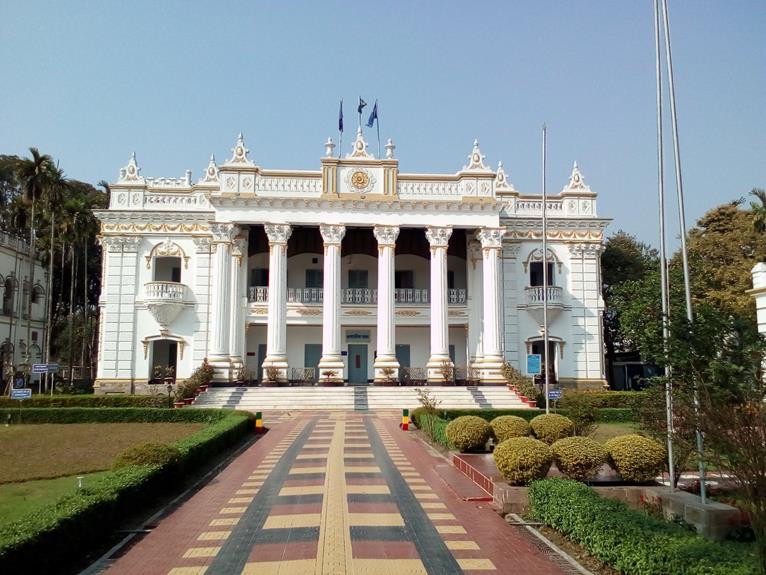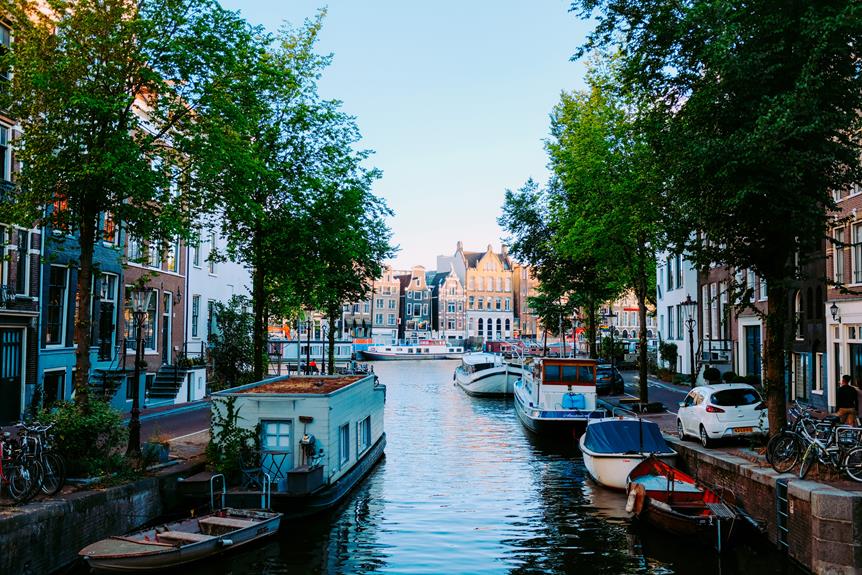Nestled in the heart of Bangladesh, Narayanganj District stands as a testament to the resilience and vibrancy of its people. With a rich historical backdrop and a thriving economy, this region has become a bustling hub of commerce and culture. From its humble beginnings as a small trading post, Narayanganj has grown into a flourishing center of industry, attracting both local and international business ventures. But it is not just the economic prowess that sets this district apart; its cultural heritage and diverse demographics add to its allure. As we embark on a journey through the wonders of Narayanganj, we will uncover the secrets that make this district a true gem in the tapestry of Bangladesh.
History and Administration
Narayanganj District, located in Bangladesh, has a rich history and a well-structured administrative system. The district is known for its historical landmarks and political structure. It was ruled by the Palas and Senas before becoming part of the Muslim Bengal Sultanate in the 14th century. Sonargaon, the capital of Bengal during the reign of Isa Khan, is located in the district. The region was later taken over by the Mughals as the Bengal Subah. The district is named after Bicon Lal Pandey, a Hindu religious leader also known as Benur Thakur Lakshmi Narayan Thakur. It has witnessed important developments such as the establishment of the post office in 1866 and the founding of the Narayanganj municipality in 1876. The district's administrative system is well-organized, with five upazilas, 47 unions, and 827 mauzas. The political structure includes the Mayor of Narayanganj City Corporation, the Chairman of Zila Porishod, and the Deputy Commissioner. Narayanganj District stands as a testament to its vibrant history and efficient governance.
Economy
Narayanganj District boasts a diverse and thriving economy that encompasses a wide range of industries and trade activities. The district is known for its vibrant import-export industry, which contributes significantly to the local economy. Additionally, Narayanganj is home to a flourishing cottage industry, particularly in weaving. This industry provides employment opportunities for many residents and adds to the district's economic growth. The district's small and medium industries, especially those in the cotton sector, are also experiencing steady growth. Moreover, Narayanganj ranks third in Bangladesh in terms of gross national income (GNI) and wealth possession, reflecting its economic prosperity. The district's economy is dynamic and evolving, driven by its robust trade activities and the resilience of its cottage and small-scale industries.
Demographics
With a population of 3,909,138 according to the 2022 Census, the demographics of Narayanganj District reveal a vibrant and diverse community. Approximately 40.5% of the population resides in urban areas, reflecting the district's urbanization and economic development. The district has a population density of 5,712 people per square kilometer, indicating a high concentration of residents. One notable aspect of the demographics is the literacy rate, which stands at 79.1% for individuals aged 7 and over. This rate is higher than the national average of 74.7%, showcasing the district's commitment to education and intellectual growth. The literacy rate is a testament to the importance placed on education in Narayanganj, contributing to the overall development and progress of the district.
Notable Figures and Institutions
Renowned for its rich cultural heritage and influential personalities, Narayanganj District is home to notable figures and institutions that have made significant contributions to various fields. The district has produced prominent individuals who have excelled in different domains, leaving an indelible mark on the society. Some of these notable figures include renowned poet Jasim Uddin, who is celebrated for his works on rural life and folklore, and social activist Sufia Kamal, who fought for women's rights and empowerment. Additionally, Narayanganj District is known for its esteemed educational institutions, such as Narayanganj Government Mohila College and Narayanganj Ideal School and College, which have consistently produced exceptional students who have gone on to excel in academia and beyond. These institutions provide a nurturing environment for learning and have played a crucial role in shaping the intellectual landscape of the district.
Cultural Heritage and Attractions
Drawing from its rich cultural heritage and the contributions of its notable figures and institutions, Narayanganj District offers a captivating array of cultural heritage sites and attractions that showcase the district's historical significance and vibrant traditions. The district is known for its colorful festivals and traditions that bring people together in celebration. One of the most popular festivals is the Sonargaon Folk Festival, where locals and tourists alike can immerse themselves in the traditional music, dance, and art forms of the region. In addition, Narayanganj is home to several architectural landmarks that are a testament to its rich history. The Goaldi Mosque, built in the 16th century, is a fine example of Mughal architecture, while the Panam City, with its well-preserved colonial buildings, offers a glimpse into the district's colonial past. These cultural heritage sites and attractions make Narayanganj District a must-visit destination for those interested in exploring Bangladesh's cultural treasures.
Frequently Asked Questions
What Are the Major Industries in Narayanganj District?
The major industries in Narayanganj district include garments manufacturing and shipbuilding. Narayanganj has established itself as a prominent hub for the garment industry in Bangladesh, contributing significantly to the country's textile exports. The district is home to numerous garment factories, employing a large number of workers and driving economic growth. Additionally, shipbuilding is another thriving industry in Narayanganj, with several shipyards operating in the area. These industries play a crucial role in the district's economy and contribute to its overall development.
What Is the Current Population of Narayanganj District?
The current population of Narayanganj District is 3,909,138, according to the 2022 Census. The district has experienced population growth over the years, with approximately 40.5% of the population residing in urban areas. Narayanganj is known for its economic development, particularly in the field of commerce and industry. The district has a thriving economy, with a strong presence of small and medium industries, international trading, and a flourishing cottage industry. This has contributed to the district's high gross national income and overall wealth.
Who Is the Mayor of Narayanganj City Corporation?
The Mayor of Narayanganj City Corporation is Dr. Salina Hayat Ivy. She has made significant achievements and taken various initiatives to promote commerce and culture in Narayanganj district. Under her leadership, the city corporation has implemented numerous development projects, including infrastructure improvements and urban beautification. She has also focused on enhancing trade and business opportunities, attracting investments, and fostering cultural activities to ensure the overall growth and prosperity of the district. Mayor Dr. Salina Hayat Ivy's efforts have contributed to making Narayanganj a thriving hub of commerce and culture.
How Many Police Stations Are There in Narayanganj District?
Narayanganj District, a bustling center of commerce and culture, houses a significant number of police stations to ensure the safety and security of its residents. While the exact number of police stations may vary, the district is well-equipped with law enforcement facilities to maintain law and order. Narayanganj is also renowned for its major industries, including yarn merchandising, dyeing, and weaving. With a current population of 3,909,138, the district boasts a higher literacy rate compared to the national average. The Mayor of Narayanganj City Corporation, Dr. Salina Hayat Ivy, plays a crucial role in the district's governance and development.
What Is the Literacy Rate in Narayanganj District?
The literacy rate in Narayanganj District is 79.1%, which is higher than the national average of 74.7%. The district boasts various educational facilities that contribute to this high literacy rate. These facilities include schools, colleges, and vocational training centers that provide quality education to the residents. The emphasis on education has helped create a literate population in Narayanganj, contributing to the overall development and progress of the district.





